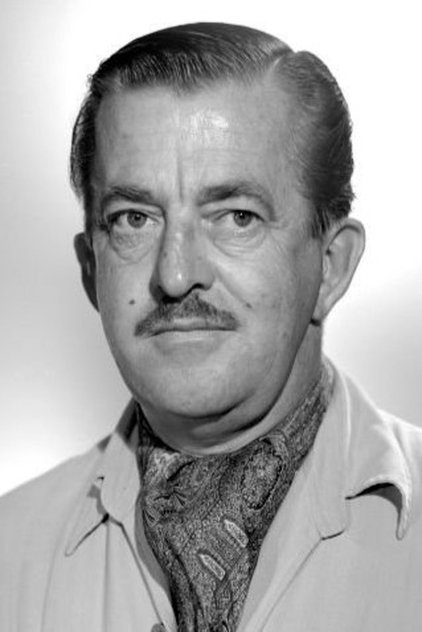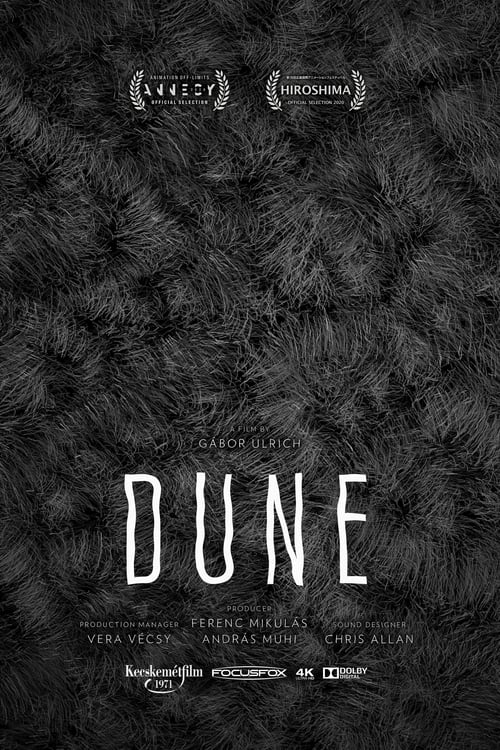

2.3
Summary
After being framed, a cowboy is sent to jail. After his time is served, he leaves with vengeance in his heart. Soon he meets a young Native American woman and together they go to settle their score with a small town and its corrupt leader.
Cast

James Caan
Jud McGraw

Stefanie Powers
Little Moon

Aldo Ray
Mimmo, Stage Robber

Barbara Werle
Billie

Robert Walker Jr.
Sheriff of Black Miller

Sammy Davis Jr.
Kid Dandy

Heather Angel
Old Little Moon

Chuck Hayward
Mimmo's Men

Mike Lane
Shark

Michael Conrad
Smithy
Anne Barton
Smithy's Wife

Noel Drayton
Wagon Driver
Barbara Walker
Woman of the Town
Crew
Director
Bernard Girard
Writer
Douglas Day Stewart
Writer
Monroe Manning
Writer
Marcus Demian
Reviews
Wuchak
August 25, 2019
4
***Chaotic oddity satirizes the Western***
When an innocent convict (James Caan) is released from prison in the Southwest he teams-up with an AmerIndian woman (Stefanie Powers) to exact vengeance on a town of sadistic revelers in the desert. Aldo Ray plays the sinister town boss, Robert Walker Jr. the weary sheriff and Sammy Davis Jr. a black-clad gunslinger.
“Gone with the West” has a strange history: It was actually shot in 1969 under the working title “Man without Mercy,” but not released until 1974-1975. This explains how scenes from the movie were available for use in the theater sequence of “Messiah of Evil” (1973). A reedited version with new music and additional scenes (a new intro & conclusion set in modern times) was released in the late 70s under the name “Little Moon and Jud McGraw” wherein Caan’s character, Jebediah Kelsey, was changed to Jud McGraw. I viewed the original “Gone with the West” version.
The movie SEEMS like a serious Western with the typical sadism of Spaghetti Westerns (for example, the opening features a woman being raped with a town mob heartily enjoying the spectacle), but the goofy jazz/rock score keys off that it’s supposed to be satirical. If there’s any doubt, the ending scene tells all. Speaking of the music, it’s akin to the groovy rock in low-budget biker flicks, e.g. “The Cycle Savages” (1969), except that a great acoustic piece surfaces occasionally, similar to something Heart would do back then.
When I discerned that the film wasn’t to be taken too seriously I started to chuckle with it, a little anyway, and was entertained by several sequences, like the knock-down drag-out brouhaha of two women, Sammy Davis Jr.’s deadpan gunfighter and the guy humorously singing “Abide with Me” deadpan, as well as the over-the-top hellish close.
Unfortunately, the editing is incoherent, like whoever put it together was on acid. Not to mention there’s zero meaningful dialogue with Powers babbling in an AmerIndian language the whole time (or was it Spanish?). So, there are items to appreciate in this eccentric Western, but you have to persevere through its outlandishness and defects.
The film runs 1 hour, 32 minutes, and was shot in Las Vegas with the title sequence shot at Vasquez Rocks, California, just north of Los Angeles in the high country.
GRADE: C-
Media
Status:
Released
Original Language:
English
Budget:
$0.00
Revenue:
$0.00



















